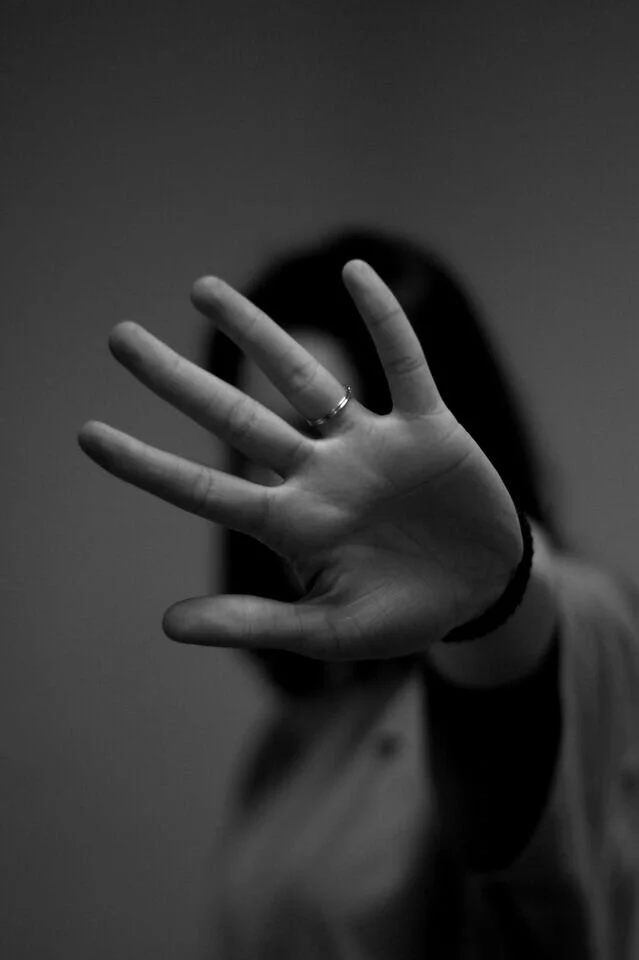Why Do We Hate?
Neurobiological, psychological, social, cultural, and political factors feed into our tendency to see others as alien and threatening.
For humanity to work together to address the existential threats we face, we have to appreciate our interconnectedness.
We have an inherent capability to connect that we need to foster and develop.
One common misconception fuels much of the hatred, violence, and misery in our world, and even threatens our very existence as a species. It’s the idea that we are separate from one another.
To some extent, we are hardwired to view other people as separate, alien, at times threatening. Within fractions of a second of meeting someone, our brains subliminally label the other person as a potential friend, mate, or foe. Our brains naturally prioritize and become rapidly conscious of faces that seem threatening . On top of that, the “other-race effect,” or the tendency to recognize faces of your own race more quickly than those of another race socializes us towards implicit bias . Not being able to accurately read someone’s face is a good example of the psychological distance that interferes with our ability to understand one another.
Social, cultural, and political trends like the growing political polarization within the United States exacerbate our tendency towards in-group / outgroup dichotomizing. We tend to think of ourselves as more connected to members of our in-group — our family, friends, members of our same generation, gender, race, sexual orientation, ethnic or political group. But we often think of ourselves as very separate from people outside of our in-group, who may seem less likable, less understandable, less trustworthy, even threatening to us.
This tendency to pit in-group against out-group was probably adaptive for survival tens of thousands of years ago when the population was much lower, and humans lived in small, migrant communities that had to stick together to survive the elements arrayed against them. Even today, of course, it would still be hazardous to immediately trust every stranger who comes along. But in the densely populated, technologically advanced, highly interconnected modern world that we live in, the much greater danger for humanity as a whole is failing to see and appreciate our commonalities. This delusion of separateness can block our ability to work together to address urgent global problems, like the COVID-19 pandemic, systemic racism, or the climate crisis.
This misconception of separateness, in its most extreme form, feeds into instances of hatred and violence, like the horrifying incidents of mass shootings or police brutality that seem relentless. If Derek Chauvin had had the capacity to see George Floyd as fundamentally the same as himself, as a fellow human, as a brother, he could never have kneeled on his neck and murdered him.
The reality is that we are deeply interconnected with each other, and that, as humans, we are very much like each other. At the level of our genomes, we are more than 99 percent the same as each other, regardless of our race or ethnicity. At the level of our basic human needs, thoughts, and emotions, we are extremely similar. What our world urgently needs today is a greater emphasis on tolerating and valuing our differences, while also appreciating how interconnected we all are.
The idea that we need to value our connections, to help each other and work together is not new. It’s the stated moral and ethical basis of all of the major religions that have been around for thousands of years, and the moral basis of secular humanism as well, even though people’s behavior hasn’t always lived up to these ideals. In 1963, after being arrested and mistreated for his nonviolent action for Civil Rights, Dr. Martin Luther King, Jr. wrote, in his letter from a Birmingham Jail , that we are all part of “an inescapable network of mutuality, tied in a single garment of destiny.” In that same year, less than a year after the U.S. and Soviet Union had a brush with mutual annihilation in the Cuban Missile Crisis, John F. Kennedy made a bid to find common humanity with the Soviet people, saying : “We all breathe the same air. We all cherish our children’s future. And we are all mortal.”
But yet here we are, in 2021, still struggling with the fallout from our failures to see our deep connections to one another. It seems that we are squandering valuable time, as we face imminent, existential issues that can only be addressed through connectedness and cooperative action. Yet in many ways the world seems to be going in the opposite direction, becoming more polarized each passing day.
What can we as individuals do? What can help us?
Even though we have a reflexive tendency to see some others as alien and threatening, we have an opposite tendency that is also somewhat hardwired in our brains — our inherent capability to connect . It’s this capacity, which can be very powerful, that we have to prioritize. We need to foster and develop it. And we need to extend it beyond our close inner circle. Our well-being and survival as a species may depend upon it.
In our next post, we’ll have some suggestions for how we can each develop our capability to connect, and how we can, step-by-step, let go of the misconception of separateness.
Note from the Authors: Ashley Pallathra and Edward Brodkin share their views here for educational and informational purposes only. The views expressed in this blog are not a substitute for individualized psychological, psychiatric, or medical care from a clinician familiar with your specific circumstances.

